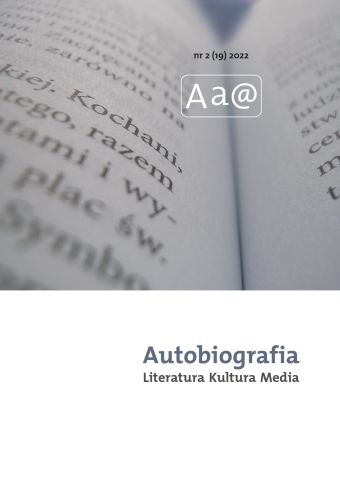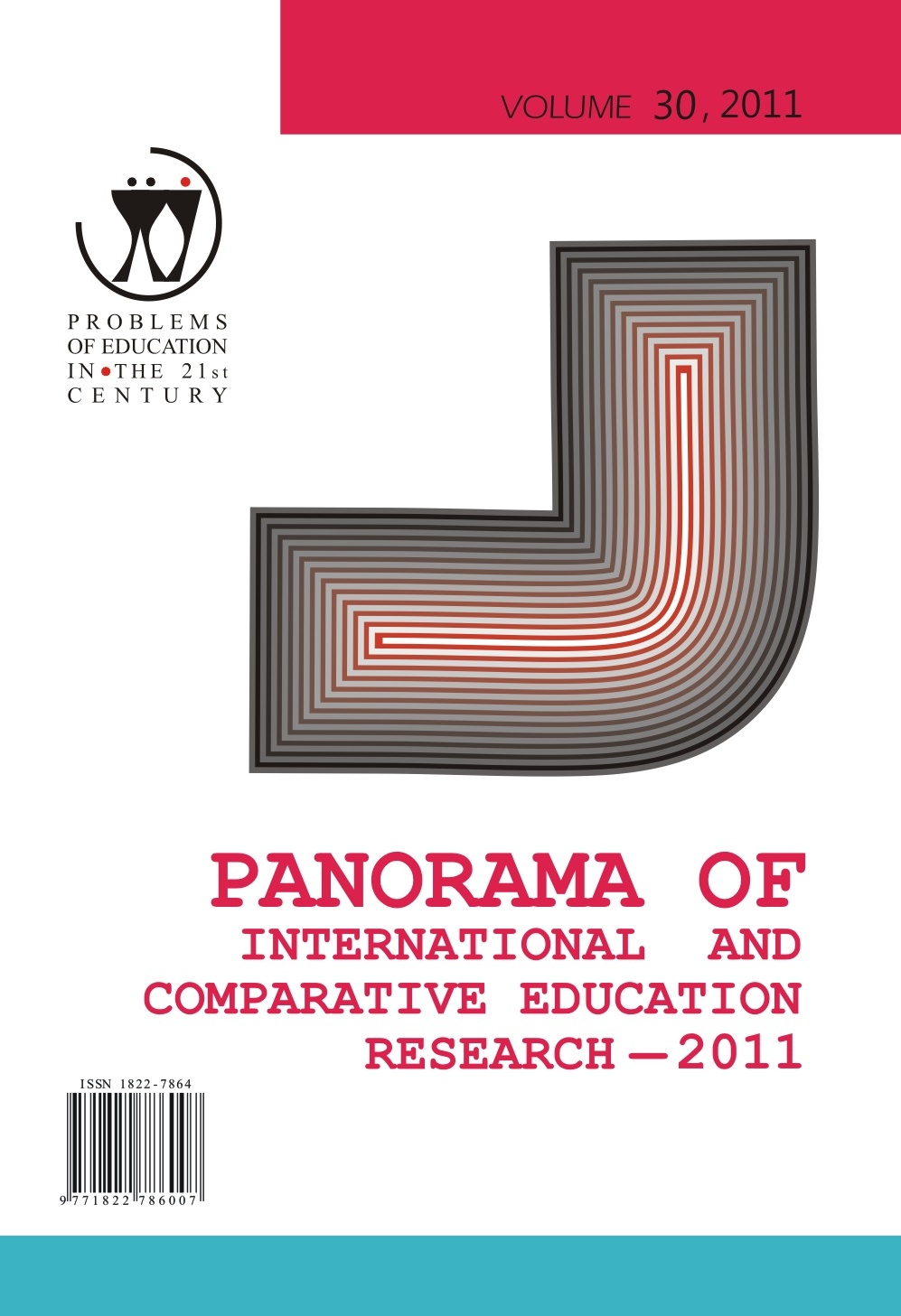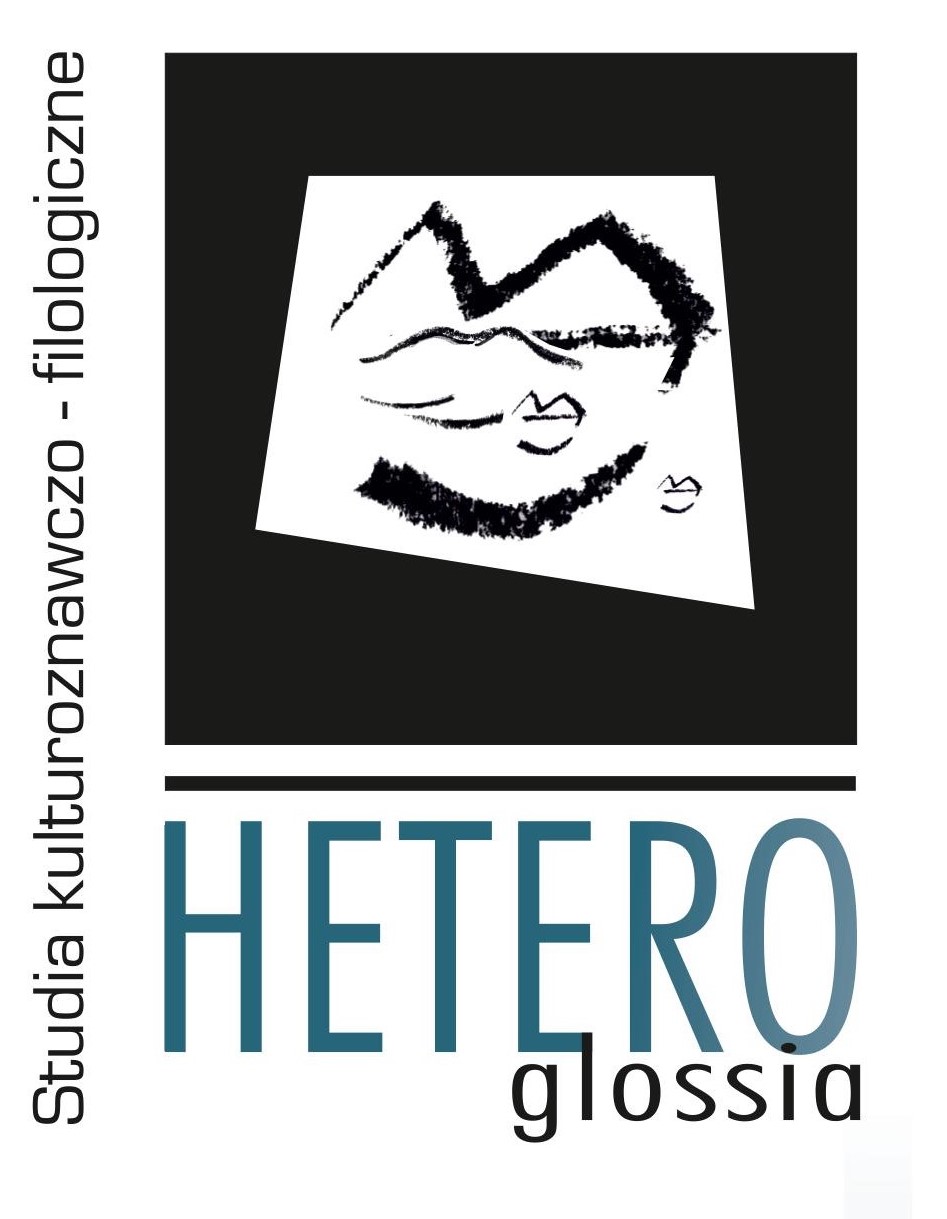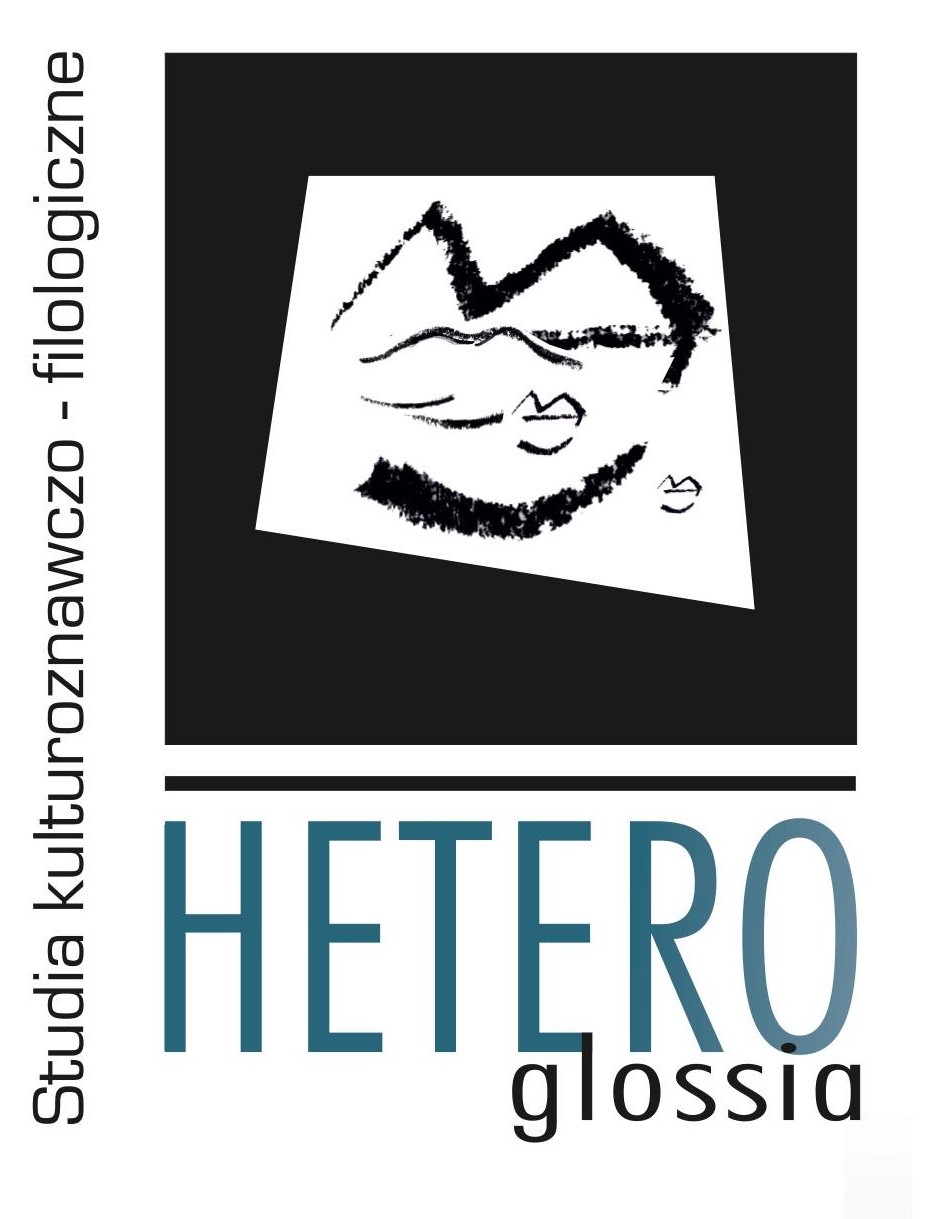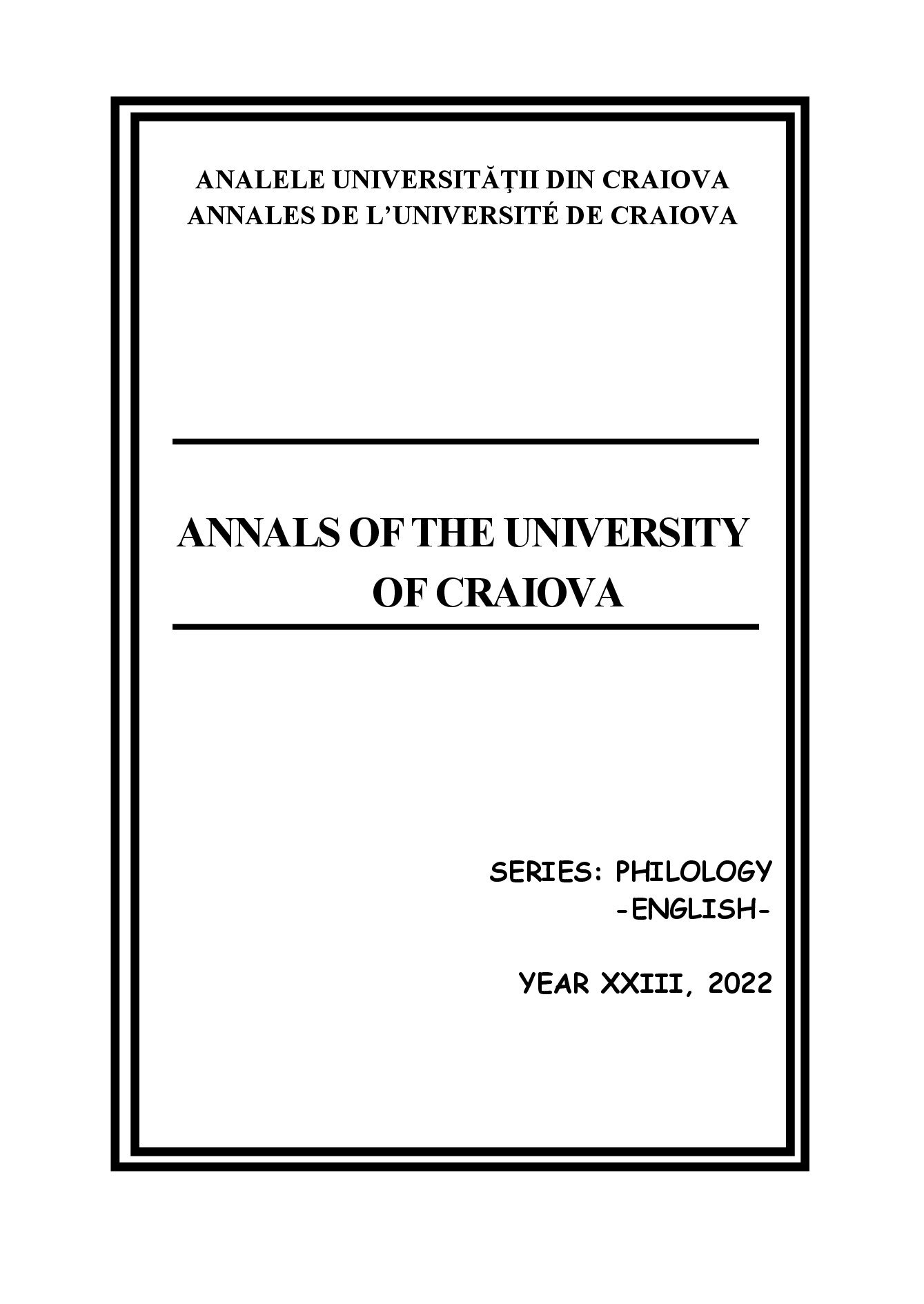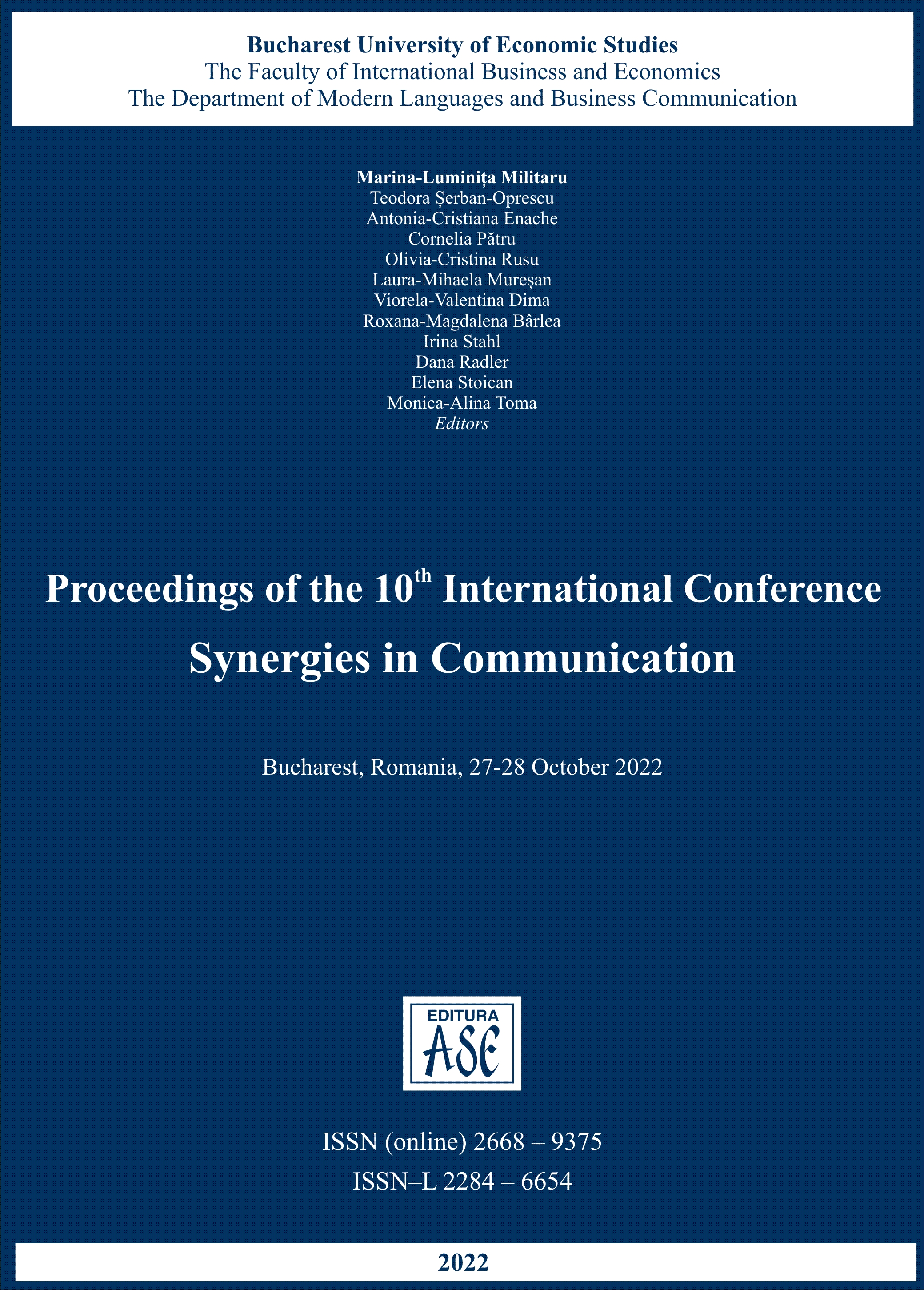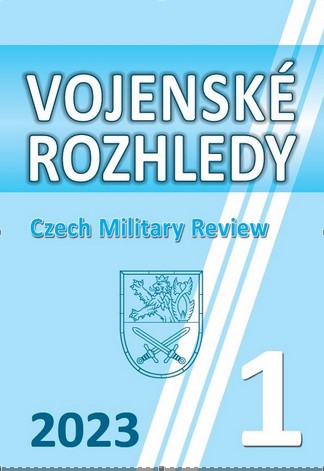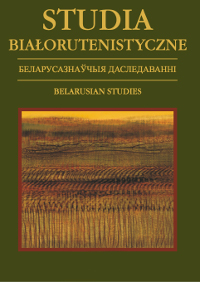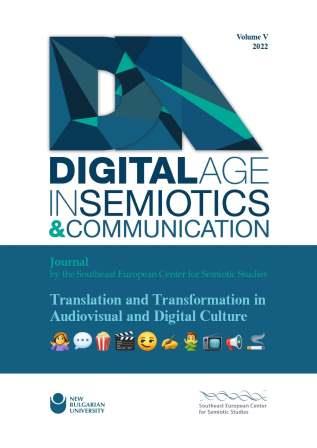
Introduction: Translation and transformation in audiovisual and digital culture
The contributions to this volume of Digital Age in Semiotics and Communication deal with various translation phenomena such as intermediality, film adaptation, film colorization, remediation and various technospheric phenomena such as cinefication, audiovisual and digital mass culture, digital transformation, cyberspace, and digital image. The first group of articles shows that those phenomena are characteristics of a rich interesemiotic space. As Torop (2020: 269) states, “in intersemiotic space, the original text and all of its translations comprise a mental whole, which is all-encompassing for collective cultural memory and selective for every individual reader. In the context of culture, intersemiotic space is also a space of transmedial translation”. The new cultural texts (metatexts) resulting from intersemiosis is expected to carry additional connotations1, a characteristic of particular semiotic interest. The second group of articles reveals the advantages of the semiosphere of digital culture. As Bankov (2022: 26) highlights, “in digital culture, language is no longer the lord of semiotic phenomena; the latter is the communicative disposition of the culture holders. The language is there, together with an incredible variety of visual, audio, kinetic and other expressive forms”. A significant innovation is that other expressive forms could also be interactive.2 Τhis interaction seems to be the essential different characteristic in relation to the study of other cultural texts, an element that justifies the use of the term platfospehere in the context of the semiosphere.3
More...
